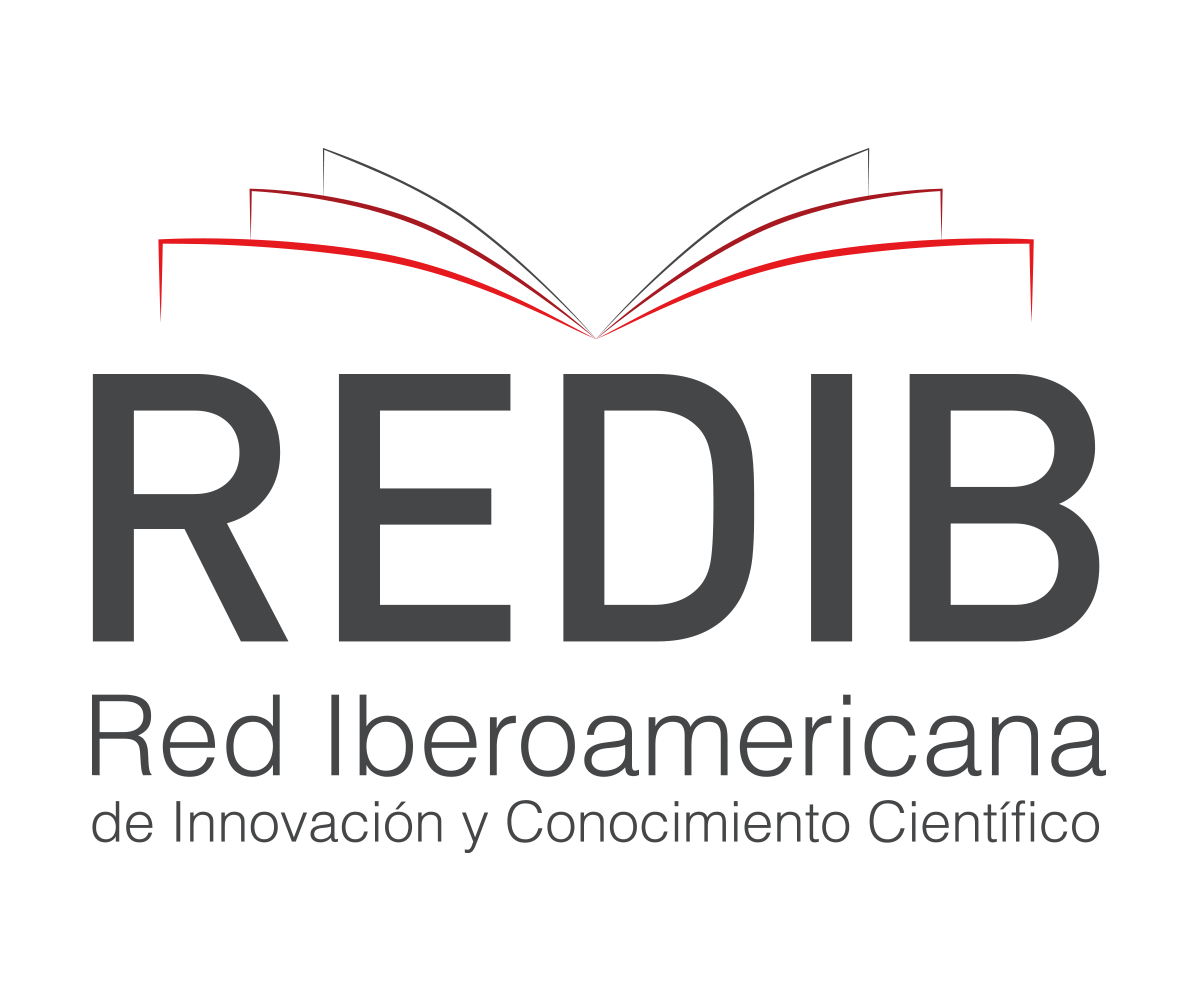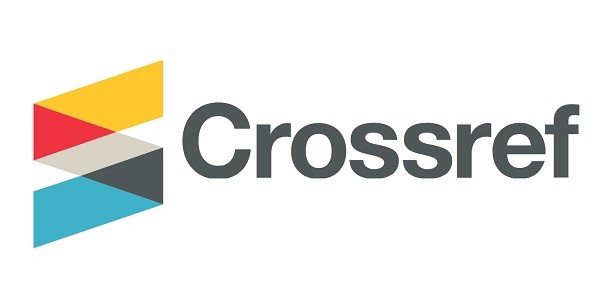COMPUTATIONAL THINKING AS A STRATEGY FOR ELICITATION REQUIREMENTS IN DOCUMENTS
DOI:
https://doi.org/10.31510/infa.v17i2.891Keywords:
Applied Computing, Interactive Learning Environments, Software Engineering, Requirements AnalysisAbstract
Requirements elicitation is the first step of requirements engineering with the objective of seeking, surveying, elaborating, negotiating, specifying and verifying the services and restrictions of a system. There are several techniques for eliciting requirements, including document analysis. Despite the advantages of elicitation through document analysis, there are some restrictions, such as the lack of data integration and difficulty in detailing the information. To minimize these problems, this study investigated the use of Computational Thinking to support requirements gathering. To verify the proposed strategy, the elicited requirements were validated by four evaluators through the Requirements Review and a Prototype. The results showed that the evaluators considered that the requirements were adequately elicited for the development of applications to support the perioperative post-surgical processes for nursing.
Downloads
Metrics
References
BOWEN, Glenn A. et al. Document analysis as a qualitative research method. Qualitative research journal, v. 9, n. 2, p. 27, 2009.
DENNIS, Alan; WIXOM, Barabara Haley; ROTH, Roberta. Systems Analysis and Design. John Wiley & Sons, 2018.
O'LEARY, Zina. The essential guide to doing your research project. Sage, 2017.
PRESSMAN, Roger; MAXIM, Bruce. Engenharia de Software-8ª Edição. McGraw Hill Brasil, 2016.
SELBY, Cynthia; WOOLLARD, John. Computational thinking: the developing definition. 2013.
SOBECC-Práticas Recomendadas SOBECC. 2017. Sociedade Brasileira de Enfermeiros de Centro Cirúrgico. Recuperação Anestésica e Centro de Material e Esterilização.
SOMMERVILLE, Ian. Engenharia de Software, 8 edição. Pearson, Addison Wesley, v. 8, n. 9, p. 10, 2011.
SOUZA, Talita Monteiro; CARVALHO, Rachel; PALADINO, Camila Moreira. Diagnósticos, prognósticos e intervenções de enfermagem na sala de recuperação pós-anestésica. Revista SOBECC, v. 17, n. 4, p. 33-47, 2012.
TSUMAKI, Toshihiko; TAMAI, Tetsuo. Framework for matching requirements elicitation techniques to project characteristics. Software Process: Improvement and Practice, v. 11, n. 5, p. 505-519, 2006.
ZIMMERMANN, Jussara et al. Proposta de aplicaçao e avaliaçao de conceitos do Pensamento Computacional em crianças hospitalizadas. In: Anais dos Workshops do Congresso Brasileiro de Informática na Educação. 2016. p. 1249.
ZOWGHI, Didar; COULIN, Chad. Requirements elicitation: A survey of techniques, approaches, and tools. In: Engineering and managing software requirements. Springer, Berlin, Heidelberg, 2005. p. 19-46.
Downloads
Published
How to Cite
Issue
Section
License
Copyright (c) 2021 Revista Interface Tecnológica

This work is licensed under a Creative Commons Attribution 4.0 International License.
Os direitos autorais dos artigos publicados pertencem à revista Interface Tecnológica e seguem o padrão Creative Commons (CC BY 4.0), que permite o remixe, adaptação e criação de obras derivadas do original, mesmo para fins comerciais. As novas obras devem conter menção ao(s) autor(es) nos créditos.












.jpg)




1.png)
1.png)